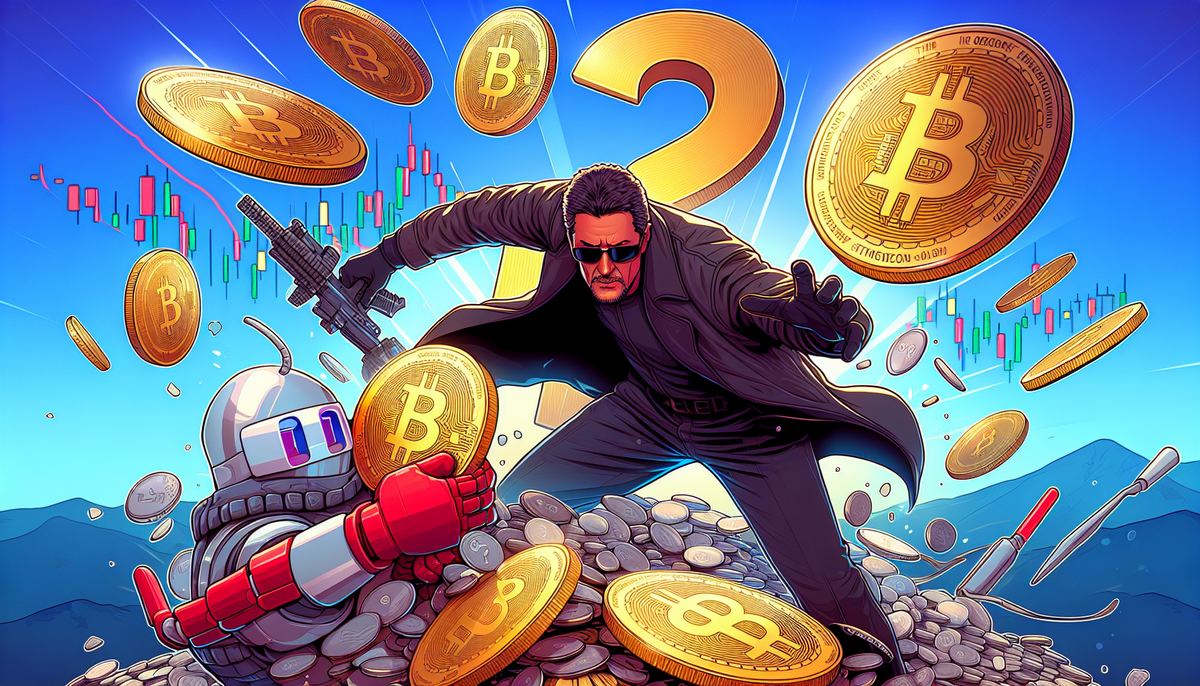Earlier this week, El Salvador passed a law to adopt Bitcoin as legal tender, driving the price of the world’s largest cryptocurrency up six percent to $37,000 on Wednesday.
The bill passed on Wednesday allows prices for various goods and services to be shown in Bitcoin. As a result of the recently passed law, taxes can now be paid in Bitcoin – and there are other ramifications as well.
Crypto pioneer Nick Spanos, best known for founding the world’s first physical Bitcoin exchange in 2013 (Bitcoin Center NYC), said Bitcoin is “levelling the playing field” and believes other similar countries will continue to display growing levels of interest in crypto.
"Countries that don’t have monetary independence are inspired by the growing millions of individuals seizing their monetary sovereignty with Bitcoin,” Mr Spanos, founder of the ZAP Protocol, said.
“Nations and territories reliant on the dollar and looking to crypto include the Marshall Islands, and even American Indian tribes.
"Bitcoin and the blockchain are giving countries and peoples that never had hope, the means to have more financial and monetary leverage than ever before. Bitcoin is leveling the playing field.
"Make careful note of the global power interests taking issue with this principle of monetary self-determination,” he added.
Despite the recent price increase, Bitcoin is still a long way down on its all-time high of $64,829.14, which was reached in April.
Speaking to Crypto Daily, Roman Nekrasov, co-founder of ENCRY Foundation, said he expects Bitcoin’s price to remain within the $32,000-$38,000 range over the coming months.
“I believe that Bitcoin will continue to fluctuate between $ 32,000 and $ 38,000 not only in the coming weeks, but also in the coming months. Going lower than $ 30,000 seems unlikely to me,” Mr Nekrasov said.
“The collapse in May showed that many market participants had buy orders at $30,000, and as soon as the price touches this mark, a large-scale buyout takes place and the price bounces back again.
“Going below $30,000 is possible if large bitcoin holders, such as investment funds or MicroStrategy, begin to sell their crypto assets. So far, they are only building up their positions, taking advantage of the price.”
Continuing, he said he wouldn’t rule out Bitcoin hitting $100,000 this year, though he stressed it looks unlikely for the time being.
“After a colossal leap in winter and spring, Bitcoin has exhausted its strength for growth. Although I do not believe that this year Bitcoin has no chances to return to $50,000 and even renew the maximum, reaching $100,000.
“But this requires drivers, impulses. Perhaps a new wave of growth will occur this fall or closer to Christmas.
“Much depends on the information field around cryptocurrencies and the mood of market participants. Serious drivers are needed for Bitcoin’s price to rise,” he concluded.
Meanwhile, Mr Spanos said he remains bullish on Bitcoin and believes further drops could be limited due to many skittish investors already selling.
“It’s hard to see Bitcoin going below $25,000, many of the weak and new hands, low-information sellers, have already washed out,” he said.
Asked if he believes Bitcoin’s recent price fall has hurt its chances of ever being considered a stable store of value, Mr Spanos replied:
Investment Disclaimer“This question always gets asked any time there’s volatility in the last decade.
“It’s more helpful to see Bitcoin as its own new asset category instead of strictly store or value or medium of exchange.”
Disclaimer: This article is provided for informational purposes only. It is not offered or intended to be used as legal, tax, investment, financial, or other advice.














